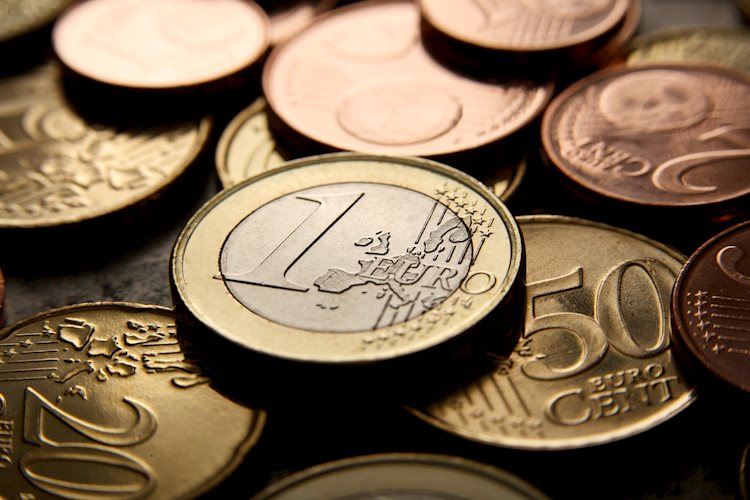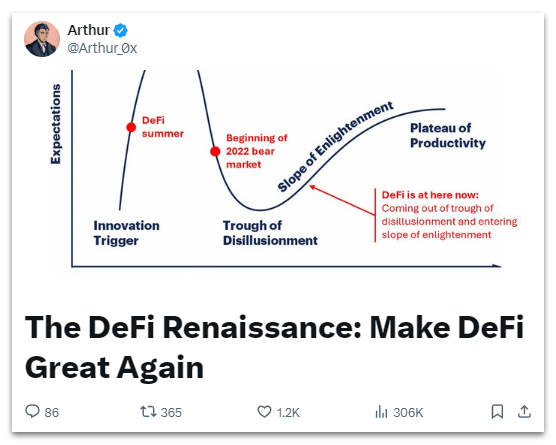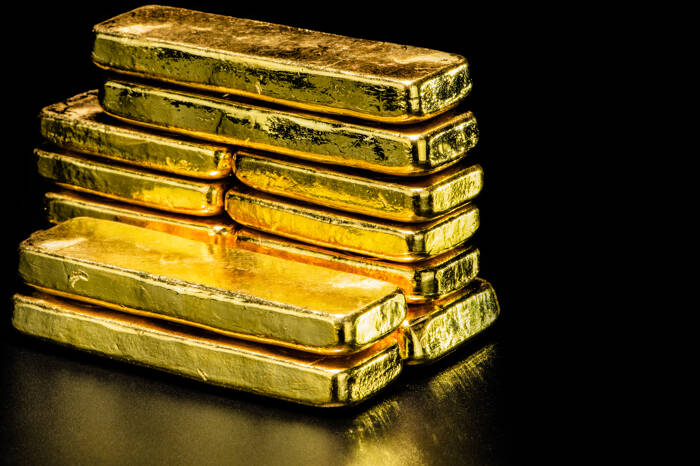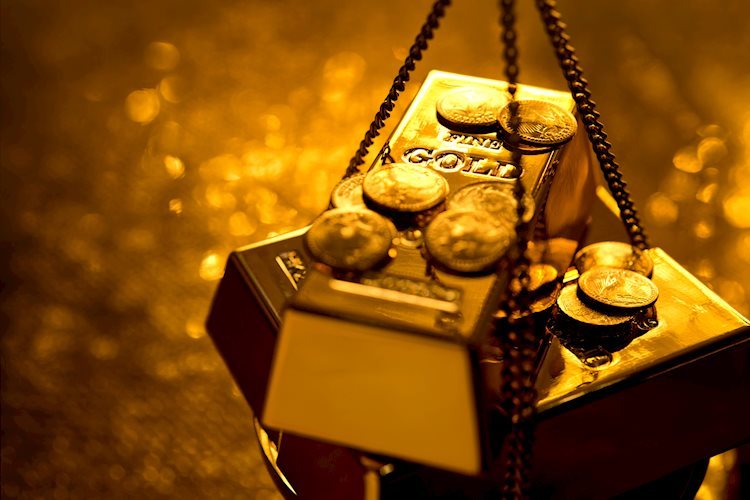Category: Forex News, News
XAG/USD hovers around $31.00, seems vulnerable near multi-week low
- Silver remains under some selling pressure on Thursday and hangs near a three-week low.
- The recent breakdown below key technical levels supports prospects for additional losses.
- Any attempted recovery might now be seen as a selling opportunity and remain capped.
Silver (XAG/USD) trades with negative bias for the second straight day on Thursday and languishes near the $31.00 mark, just above its lowest level since mid-October touched the previous day.
From a technical perspective, the overnight decline confirmed a short-term ascending trend-channel breakdown. A subsequent slide below the 50-day Simple Moving Average (SMA) was seen as a fresh trigger for bearish traders. Furthermore, oscillators on the daily chart have been gaining negative traction and suggest that the path of least resistance for the XAG/USD remains to the downside.
Hence, some follow-through weakness towards testing the 100-day SMA support, currently pegged near the $30.40-$30.35 area, looks like a distinct possibility. The downfall could eventually drag the XAG/USD below the $30.00 psychological mark, toward the next relevant support near the $29.70 zone en route to the $29.00 round figure and the key 200-day SMA, around the $28.55 region.
On the flip side, the 50-day SMA breakpoint, near the $31.40 area, now seems to act as an immediate hurdle, above which a bout of a short-covering move could allow the XAG/USD to reclaim the $32.00 mark. Any further move up, however, might be seen as a selling opportunity and runs the risk of fizzling out rather quickly near the ascending channel support breakpoint, around the $32.65 region.
The latter should act as a key pivotal point, which if cleared decisively will suggest that the recent corrective slide from the vicinity of the $35.00 psychological mark, or a 12-year high touched in October is over. This, in turn, might shift the near-term bias in favor of bullish traders and lift the XAG/USD beyond the $33.00 round figure, towards the $33.60-$33.70 static resistance zone.
Silver daily chart
Silver FAQs
Silver is a precious metal highly traded among investors. It has been historically used as a store of value and a medium of exchange. Although less popular than Gold, traders may turn to Silver to diversify their investment portfolio, for its intrinsic value or as a potential hedge during high-inflation periods. Investors can buy physical Silver, in coins or in bars, or trade it through vehicles such as Exchange Traded Funds, which track its price on international markets.
Silver prices can move due to a wide range of factors. Geopolitical instability or fears of a deep recession can make Silver price escalate due to its safe-haven status, although to a lesser extent than Gold’s. As a yieldless asset, Silver tends to rise with lower interest rates. Its moves also depend on how the US Dollar (USD) behaves as the asset is priced in dollars (XAG/USD). A strong Dollar tends to keep the price of Silver at bay, whereas a weaker Dollar is likely to propel prices up. Other factors such as investment demand, mining supply – Silver is much more abundant than Gold – and recycling rates can also affect prices.
Silver is widely used in industry, particularly in sectors such as electronics or solar energy, as it has one of the highest electric conductivity of all metals – more than Copper and Gold. A surge in demand can increase prices, while a decline tends to lower them. Dynamics in the US, Chinese and Indian economies can also contribute to price swings: for the US and particularly China, their big industrial sectors use Silver in various processes; in India, consumers’ demand for the precious metal for jewellery also plays a key role in setting prices.
Silver prices tend to follow Gold’s moves. When Gold prices rise, Silver typically follows suit, as their status as safe-haven assets is similar. The Gold/Silver ratio, which shows the number of ounces of Silver needed to equal the value of one ounce of Gold, may help to determine the relative valuation between both metals. Some investors may consider a high ratio as an indicator that Silver is undervalued, or Gold is overvalued. On the contrary, a low ratio might suggest that Gold is undervalued relative to Silver.
Source link
Written by : Editorial team of BIPNs
Main team of content of bipns.com. Any type of content should be approved by us.
Share this article:











